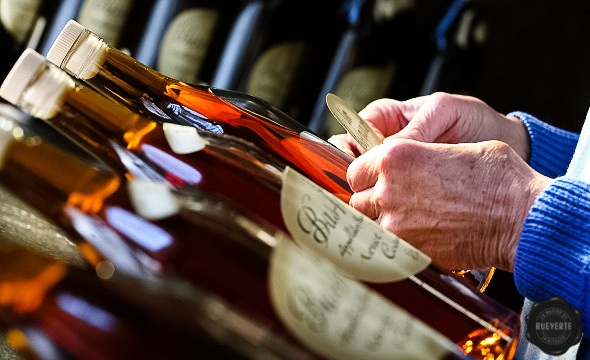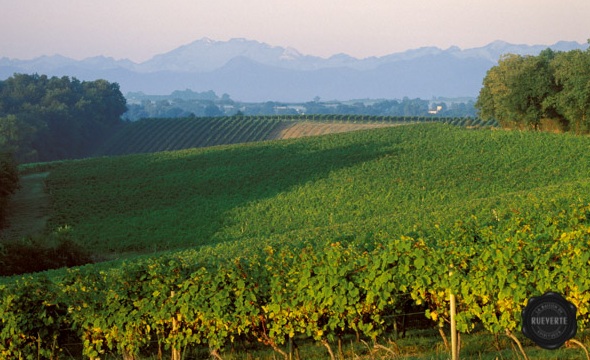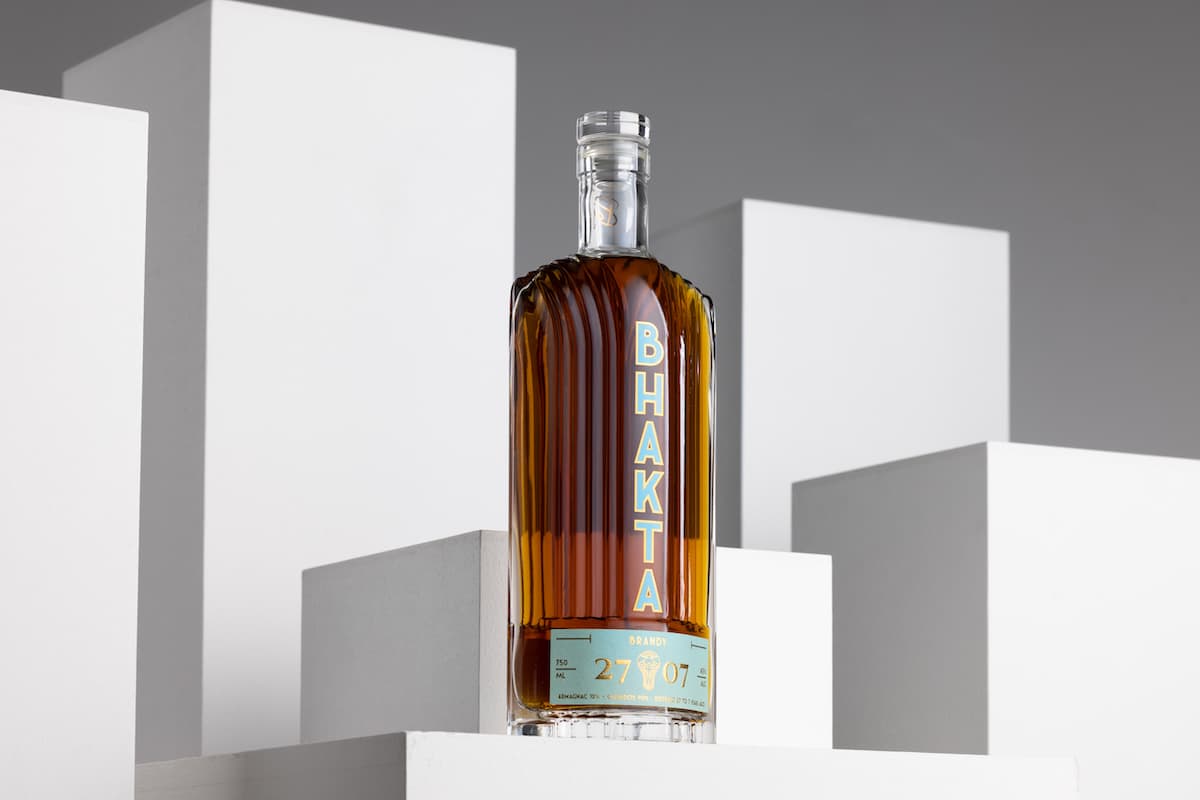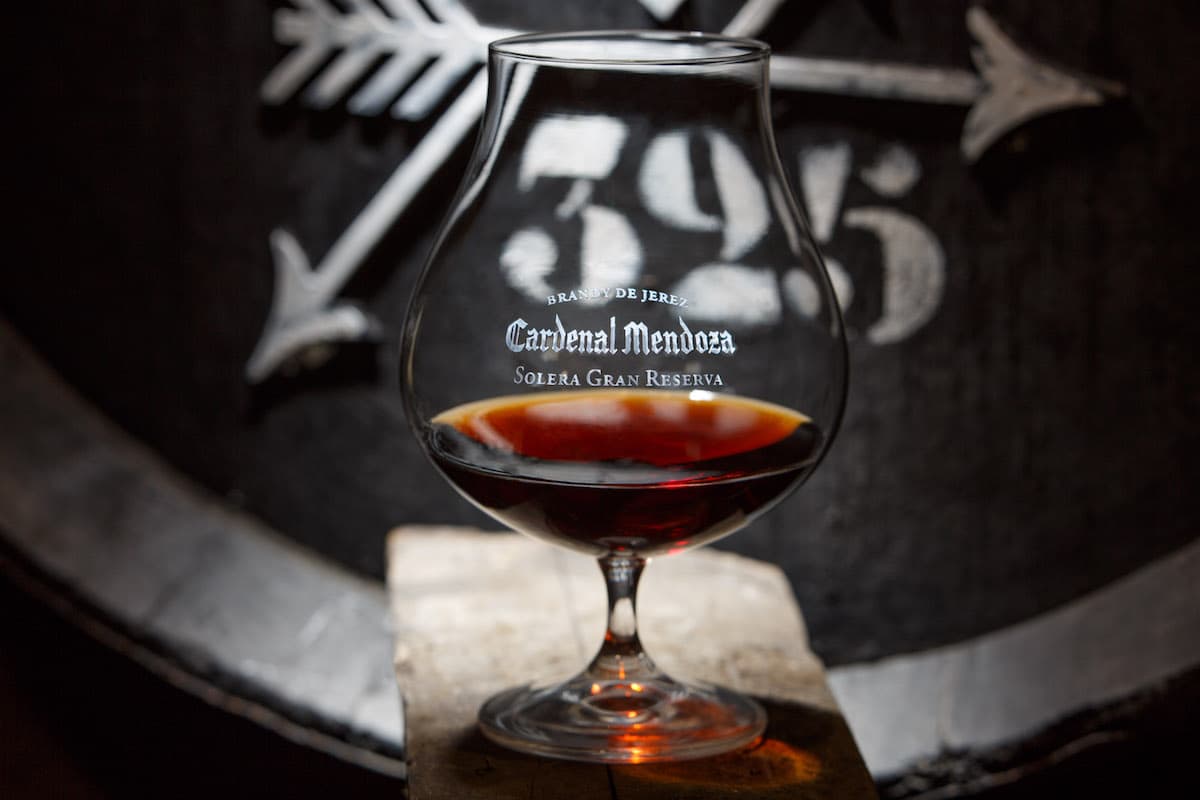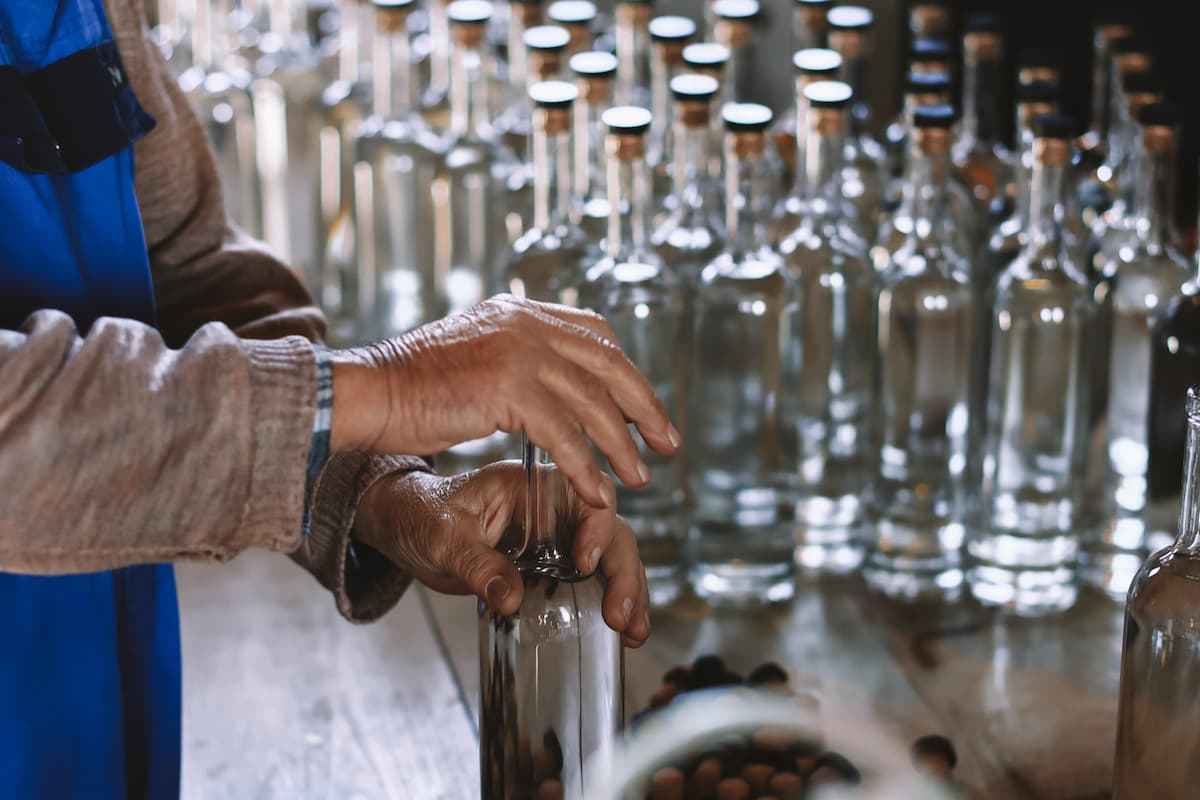Author Alex Truman runs Rueverte.com, an online spirits and liqueurs retailer specializing in absinthes, bitters and digestifs.
Armagnac is a type of French brandy that’s produced in the region it’s named for -– Armagnac, Gascony in southwest France. You’re surely familiar with that other French brandy, Cognac, which enjoys a respected status throughout the world. But Armagnac is playing catch up, hurt by the poor reputation it received in the middle of the 20th Century when producers sacrificed quality in order to meet demand. Today though, the spirit has regained its reputation for quality, bolstered by the remaining niche producers who often bottle and label upon request.
Armagnac is distilled from wine and typically made from a blend of different grapes from within the Gascony region. The resulting spirit is then aged in oak barrels, and this is where the unique flavor comes from. It differs from other spirits by its slightly bitter, yet well-balanced bouquet and taste. The spirit has an average ABV ranging from 40 percent to 63 percent, and its production is closely monitored by the Bureau National Interprofessionnel de l’Armagnac (BNIA).
How to drink it
Armagnac can be consumed whenever the mood strikes, but it’s often preferred after a meal as a digestif. In France especially, Armagnac is a popular addition to food recipes – for example: duck breast in Armagnac sauce.
The preferred tasting glass for Armagnac is similar to the one used for Cognac: a tulip shaped glass that opens towards the top, to allow the aroma to be directed toward your nose.
Classification
As the grapes used to produce Armagnac are all very similar, the spirit is instead classified by aging period and region where the grapes were cultivated.
Age:
– The minimum aging period is 1 year.
– Three stars (***) and V.S. classify an Armagnac that has been aged between one and three years
– V.S.O.P. and Napoleon signify a blend that has been aged between five to nine years
– X.O and Hors d’âge are applied to Armagnacs that have been aged 10 years or more.
Origin:
There are three certified regions for Armagnac:
– Bas-Armagnac: considered to be the best region.
– Armagnac-Ténarèze: less suitable for rich plantation due to clay characteristics.
– Haut-Armagnac: difficult for grapes to grow due to chalk stone soil.
Production
Armagnac is distilled from wine, which is made from three primary breeds of grape: mostly Ugni Blanc, rarely Colombard, and even less frequently Folle Blanche. Only grapes from vineyards within the Gascony region that are more than five years old are used for the production of this wine. The wine is then kept in the same container for fermentation, and remains in this container until distillation.
The 24 hour period of distillation requires a lot of precision and skill from the distiller. The separation of the spirit is important – the “heads and tails,” which are the less enjoyable and sometimes poisonous portions, must be separated from the clean “heart” of the spirit. This results in a clear distillate between 52% and 72% ABV.
The distillate then gets filled into evergreen oak barrels that range in size from 225 to 420 liters. It’s during this aging period when Armagnac gains the majority of its characteristic flavors.
The first aging period of six months to two years takes place in new barrels, allowing the spirit to develop its amber color, and to take in and enhance the aromas from inside the barrel.
After this, the spirit is moved to an older barrel, where it can rest and develop its aroma and bouquet at a slower pace. This method is called rotation. The flavor of an Armagnac comes mostly from the aging period, as the barrels are never entirely sealed, allowing constant exchange of air inside and outside the barrel. The spirit will lose about 3% ABV per year through this method, which is known as Part des Anges – or the angel’s share.
So Why Drink it?
Because it’s a delicious and unique spirit rich in history. In fact, Armagnac celebrated its 700th anniversary in 2010, so there’s a wealth of experience behind it.
You can see the unique variations between Armagnacs by tasting and comparing ones from different classifications. For example, the Darroze Les Grands Assemblages 60 ans d’age is a 60 year old Armagnac that still expresses all its flavor and character after many years. Compare this with the Goudoulin Bas Armagnac 8 ans, and eight year old Armagnac that’s still well-rounded, but more bitter and fruity due to its younger and less developed character.
Observe the color of the spirit. Allow yourself to experience it properly by taking your time to enjoy the aroma, then taking small sips and allowing the spirit to roll around your mouth as you sense the robust, rich and delicate flavors hitting your palate. Upon identifying flavors, you can begin to delve deeper into the nature of the spirit and truly discover its taste. Drinking Armagnac is an experience that can result in hours of leisure and indulgence, should such things appeal to you.
